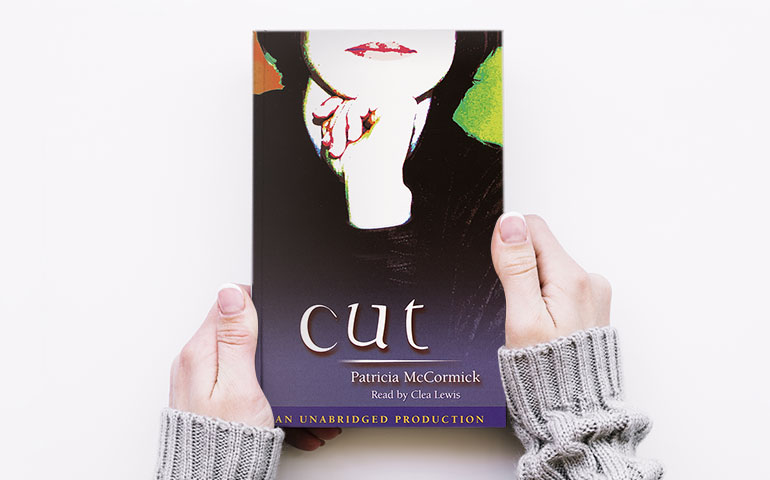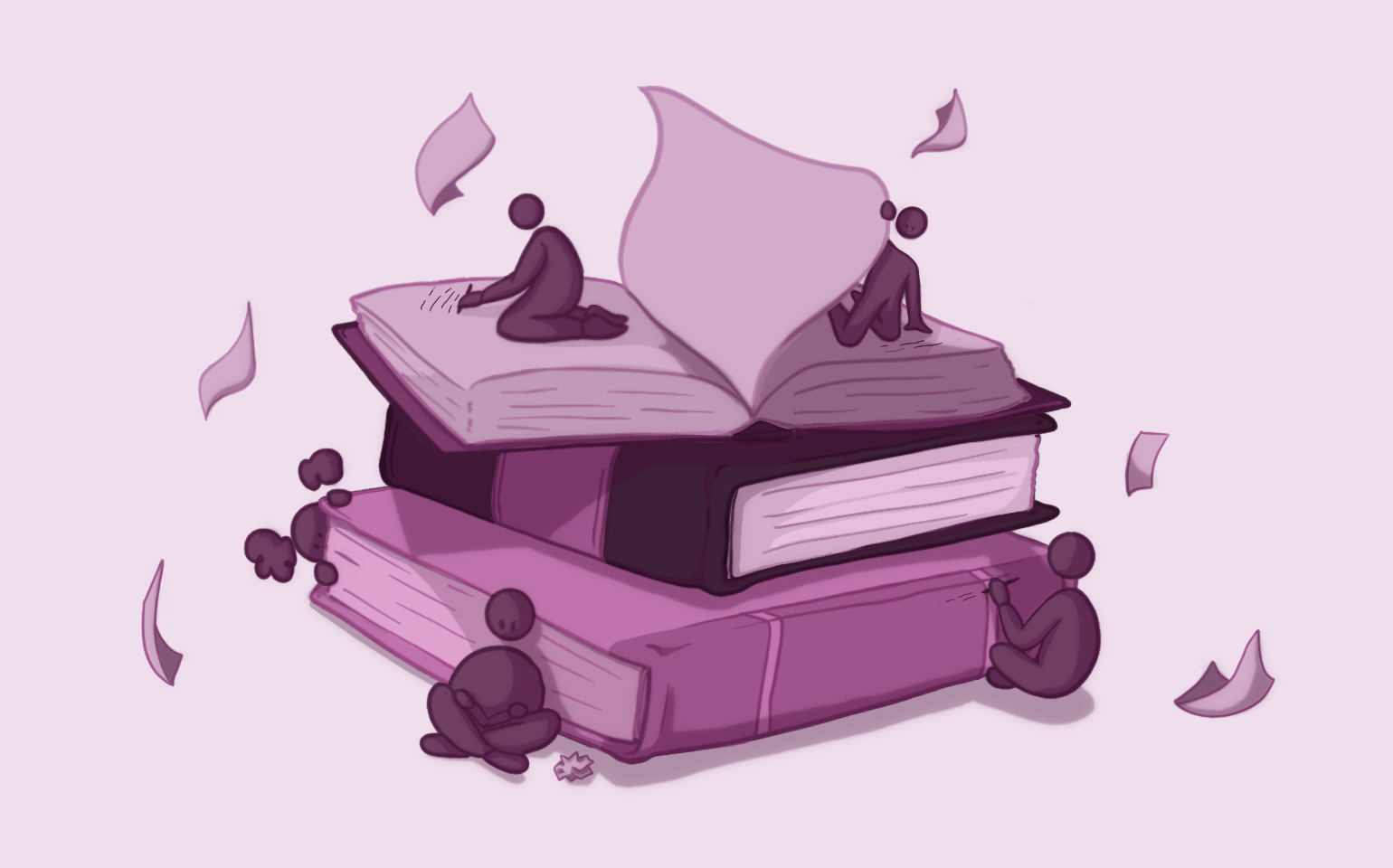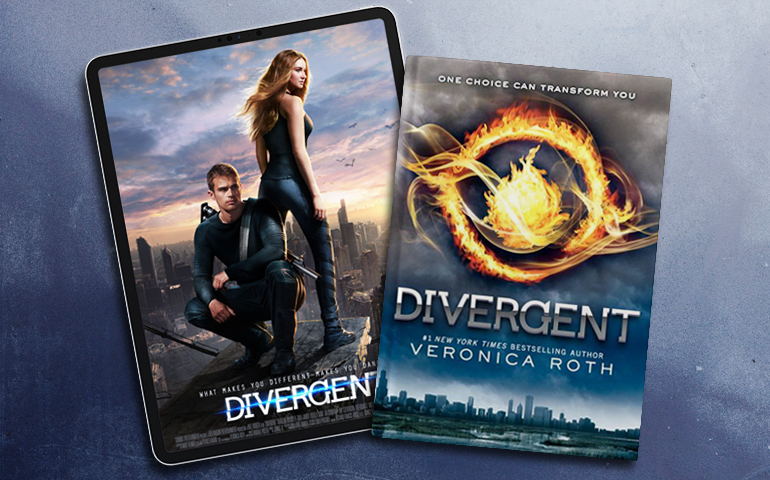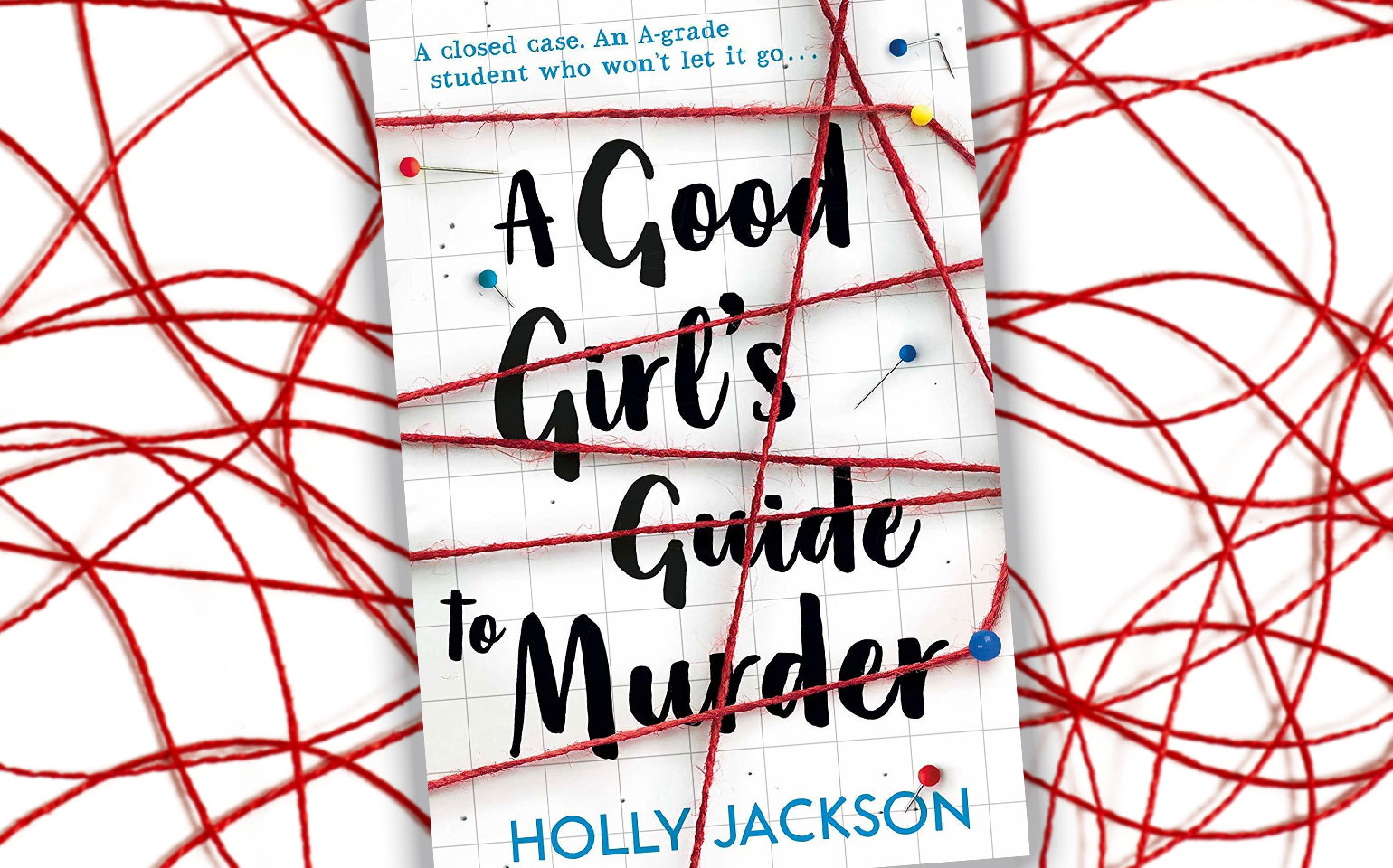
Cut – I Want to Get Better
Cut is the debut of Patricia McCormick, an American author and journalist. In this book, Patricia tackles a side of mental illness rarely seen in young-adult literature in a believable and sensitive manner by telling a story centring around Callie, a girl with self-mutilation issues.
When I was first introduced to this book, the unusual title and some words on the back immediately caught my attention: “Callie cuts herself. Never too deep, never enough to die. But enough to feel the pain. Enough to feel the scream inside.” Cut provides a powerful insight into a teen’s struggles in response to her damaged family and offers the readers a subtle way to self-help when they feel trapped, just like Callie did.
The book starts in the second-person perspective, with “You” being Callie’s therapist, who serves an essential role in helping Callie throughout her treatment. The first four pages instantly engage readers with a vivid explanation of what Callie does. Throughout the book, the protagonist’s progress in understanding herself and seeking help is marked by her increasing speech among her friends at Sea Pines, a residential treatment facility, and her therapist.
“I couldn’t even picture her anymore. But what scared me, really scared me, was that I couldn’t remember the moment when I’d stopped seeing her. And I knew then that if I couldn’t see her, no one could see me.” Cut reflects Callie’s psychological struggles in a clear, accurate way using descriptive and somewhat abstract language. Immediately on the second and third page, readers get to see Callie’s fear and her attempt to replace emotional pain with physical pain:
A tingle arced across my scalp. The floor tipped up at me and my body spiralled away. Then I was on the ceiling looking down, waiting to see what would happen next. What happened next was that a perfect, straight line of blood bloomed from under the edge of the blade. The line grew into a long, fat bubble, a lush crimson bubble that got bigger and bigger. I watched from above, waiting to see how big it would get before it burst. When it did, I felt awesome. Satisfied, finally. Then exhausted.”
Cut is not just relatable to people who hurt themselves. Patricia sympathetically and authentically renders a real sense of harm and powerlessness which exist within almost everyone when we’re going through difficult times. Just as the book states, “Sometimes when we’re in situations where we feel we’re not in control, we do things, especially things that take a lot of energy, as a way of making ourselves feel we have some power.” When my own mental health wasn’t the best, I ended up coming to this book. Patricia succeeded in making her readers feel that they’re not alone in whatever they’re going through. The guilt and anxiety that self-injurers describe are endured by many people who don’t injure themselves as well. Often, we tend to turn those feelings against ourselves by listening to the critical voices in our minds. The author stated that the book is really about the way we all punish ourselves unnecessarily.
Something that really stands out in this book, despite its clear focus on struggles and psychological issues—not only self-harm but also substance abuse and others—is that hope rings throughout the entire novel. Everyone in Sea Pines is going through different pain of their own, yes, but they are also all trying to get better. Cut gives voice to Callie’s hope, eventually ending with her saying, “I want to get better.” Self-injury can start as a way to cope with overwhelming feelings, but it can quickly dominate one’s life, driving her away from the support of friends and family. The desire to get help from Callie is declared clearly in the book, as it is the only way for her to stop.
I recommend Cut because I relate strongly to it. I know that many teenagers like me may find this book helpful. It is full of numerous colourful emotions, which The Boston Globe called “Riveting and hopeful, sweet, heartbreaking.” It gave a voice not only to Callie but also to the feelings of thousands of us who are struggling. Although I don’t injure myself, I felt a compelling connection to the story. The novel’s mood is perhaps dark and represents a harsh reality, but hope shines bright nevertheless.



